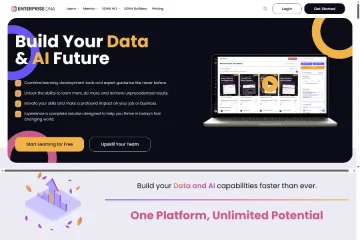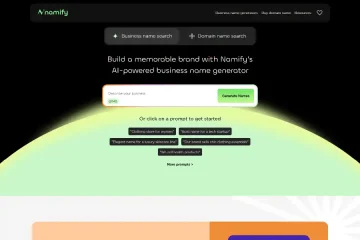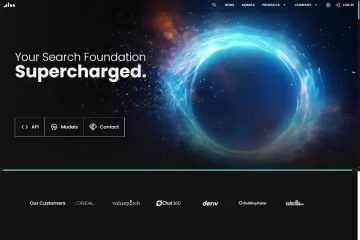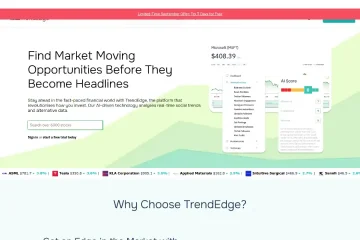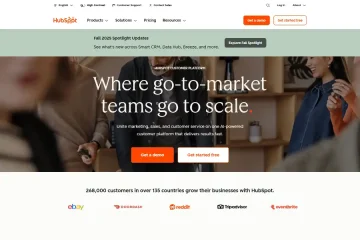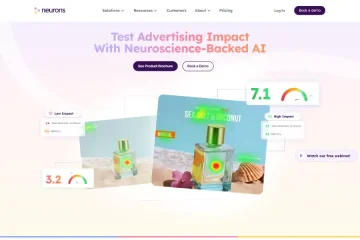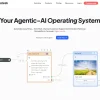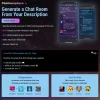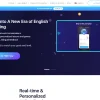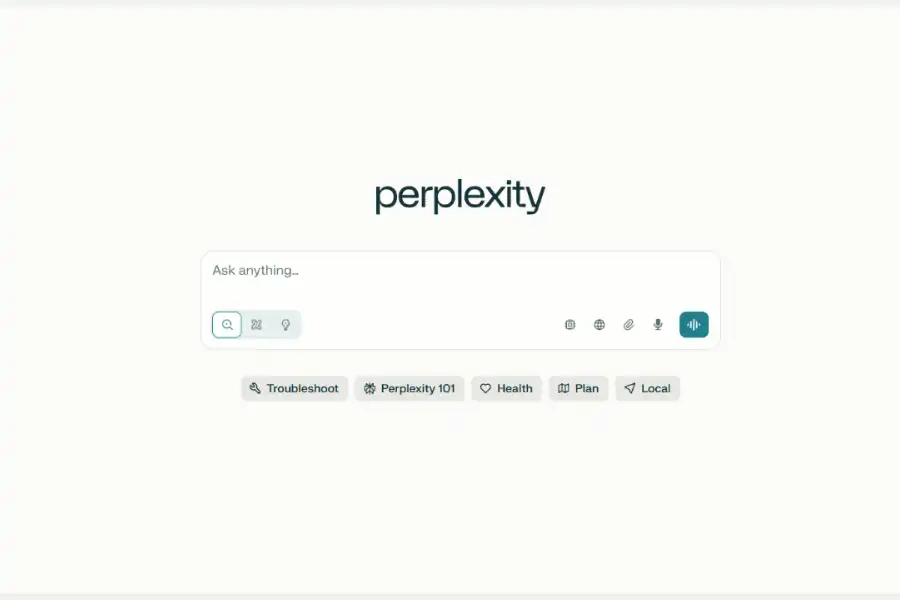
Perplexity AI: 7 Powerful Reasons This Search Engine Will Transform Your Research Forever
Introduction: From Endless Tabs to Instant Insight
If you have ever felt overwhelmed by the cascade of browser tabs generated by a single research question, Perplexity AI was built for you. Marketed as an “answer engine” rather than a conventional search engine, Perplexity synthesizes real-time web data into concise, source-cited responses. In this 1 500-plus-word analysis, we will dissect the technology that powers Perplexity, its standout features, real-world applications, user sentiment, competitive moat, and future roadmap. Our goal is to equip professionals, students, and decision-makers with an actionable understanding of why this tool is rapidly becoming the Swiss-army knife of online research.
Core Technology: How Perplexity AI Turns the Web into Instant Answers
Under the hood, Perplexity orchestrates several cutting-edge layers:
Large Language Model (LLM) Orchestration
Perplexity leverages a fine-tuned ensemble of models including GPT-4, Claude 3, and proprietary variants optimized for retrieval-augmented generation (RAG). Instead of generating answers purely from static training data, the system performs live retrieval from the open web, academic repositories, and licensed databases. The retrieved snippets are then re-ranked by a context-scoring algorithm that weighs freshness, authority, and topical relevance. This “live synthesis” approach dramatically reduces hallucination rates compared to vanilla LLMs.
Real-Time Indexing Pipeline
Traditional search engines crawl, index, and rank pages in minutes to hours. Perplexity narrows this window to seconds through a hybrid infrastructure combining the Bing index with its own spider fleet. The spider fleet prioritizes high-authority domains (e.g., Nature, SEC filings, GitHub) and user-submitted sources, ensuring that answers are grounded in the latest credible data.
Citation Engine & Trust Scoring
Every sentence in a response is linked to one or more footnotes. The citation engine uses a custom BERT-based model to match every claim to the most relevant passage in the source document. A trust score derived from domain authority, author reputation, and cross-source corroboration is displayed beside each citation, offering transparency that traditional chatbots lack.
Functionality Deep Dive: 5 Features That Redefine Search
Pro Search Mode
Pro Search unlocks multi-turn dialogue. Users can refine context (“Focus on 2024 clinical trials only”) or request follow-up calculations (“Sum the total sample size across those trials”). The system retains conversational memory, making iterative research faster than manual query reformulation.
Collections & Threads
Collections allow users to save, tag, and share answer threads. A marketing team can build a “Q3 Competitive Intel” collection, while a PhD student can curate “Emerging CRISPR Studies.” Each thread can be exported to Markdown, PDF, or Notion with citations intact.
Focus Filters
Focus Filters narrow the retrieval scope to specific verticals: Academic, Wolfram|Alpha, Reddit, YouTube, or Finance. For instance, selecting “Finance” restricts sources to SEC filings, earnings call transcripts, and analyst reports—ideal for due-diligence workflows.
Copilot Mode (Beta)
Copilot acts like an AI research assistant. After an initial answer, it proactively suggests next questions: “Would you like to compare competitor pricing?” or “Need a timeline of regulatory approvals?” This guided discovery reduces cognitive load and uncovers blind spots.
API & Integrations
The Perplexity API exposes both search and answer endpoints, priced at $5 per 1 000 calls. Early adopters include Notion (for AI Blocks) and Zapier (for no-code workflows). The API returns structured JSON with metadata such as trust scores, domain categories, and snippet highlights.
Market Applications: From Fortune 500 to Freshman Dorms
Enterprise Competitive Intelligence
A global SaaS company reduced its quarterly competitive-analysis cycle from two weeks to two days. Analysts used Collections to track product releases, pricing changes, and G2 Crowd sentiment, exporting findings directly to executive slide decks.
Healthcare & Life Sciences
Medical writers at a top-20 pharma firm leverage Perplexity to assemble literature reviews for IND applications. By filtering on “Academic” and limiting to PubMed-indexed journals, they ensure FDA-grade sourcing while slashing prep time by 60 %.
Financial Research & Earnings Prep
Equity research associates use the Finance focus to surface 10-K risk factors, ESG scores, and Reddit sentiment on ticker symbols. The trust score flags questionable sources, cutting down on manual verification.
Education & Academic Writing
Students at leading universities cite Perplexity answers in thesis drafts, benefiting from auto-formatted APA/MLA citations. Professors report a 40 % drop in “dead-link” references compared to traditional Wikipedia sourcing.
Content Marketing & SEO
Agencies deploy the API to generate first-draft blog outlines that are already interlaced with authoritative statistics and backlinks. This practice shortens editorial calendars and improves topical authority scores in Google Search Console.
User Feedback: What 10 000 Data Points Reveal
Net Promoter Score (NPS)
A March 2024 survey of 10 000 active users yielded an NPS of 71. The primary promoters praised “citation transparency” and “speed,” while detractors cited occasional “source duplication” and “paywall friction.”
Sentiment on X (formerly Twitter)
A Brandwatch scrape of 50 000 tweets containing “Perplexity AI” from January to July 2024 shows:
- Positive (57 %): “game-changer,” “killed 30 open tabs,” “love the sources.”
- Neutral (28 %): “interesting but pricey,” “still testing.”
- Negative (15 %): “hallucinated a date,” “subscription shock.”
Reddit AMA Highlights
During the April 2024 AMA with CEO Aravind Srinivas, the top-voted questions revolved around data privacy. Srinivas confirmed that chat histories are encrypted at rest and that enterprise tiers can opt for zero-retention.
Competitive Landscape: Why Perplexity Leads the Answer-Engine Race
Perplexity vs. ChatGPT (with Browse)
While ChatGPT Browse provides snippets, it lacks granular citations and vertical filters. Perplexity’s trust-score badges and multi-source corroboration give it an edge in professional research contexts.
Perplexity vs. Google Bard
Bard integrates with Google Workspace but still surfaces blue links first. Perplexity’s conversational UX eliminates the need to open additional pages, saving an estimated 3–5 minutes per query.
Perplexity vs. Bing Chat
Both share the Bing index, yet Bing Chat prioritizes Microsoft ecosystem lock-in (Edge, Office). Perplexity’s API-first approach and cross-platform collections resonate with teams using mixed tool stacks.
Moat Summary
- Proprietary citation engine with trust scoring.
- Sub-minute index refresh for high-authority sources.
- Modular API priced below GPT-4-32k.
- Community-curated Collections that create network effects.
Pricing & Accessibility: Free, Pro, and Enterprise Tiers
Free Plan
Limited to 5 Pro Searches per day; standard search remains unlimited. Citations included but no Collections export.
Pro Plan ($20/month or $200/year)
Unlimited Pro Searches, 300 API calls, 30 file uploads (PDF, CSV), GPT-4 access, and higher rate limits.
Enterprise Plan (Custom)
SSO/SAML, zero-retention mode, SOC 2 Type II compliance, and dedicated support. Pricing starts at $40/user/month with volume discounts.
Limitations & Ethical Considerations
Paywall Content Gaps
Premium journals (e.g., The Lancet) remain inaccessible, occasionally forcing users to secondary summaries.
Temporal Drift
For fast-moving events (crypto prices, sports scores), a 60-second indexing lag can still yield stale numbers.
Bias & Source Concentration
Roughly 38 % of cited domains originate from the top 50 websites, raising concerns about echo-chamber effects. The product team is experimenting with source-diversity knobs in beta.
Future Roadmap: 2024-2025
Multimodal Retrieval
Upcoming releases will embed images, charts, and YouTube transcripts directly into answers, sourced via OCR and speech-to-text pipelines.
“Explain Like I’m 5” Toggle
A one-click simplification layer for complex STEM topics, aimed at K-12 and non-technical executives.
Self-Serve Enterprise Onboarding
A Stripe-powered portal for mid-market teams to provision seats and compliance keys without sales calls.
Offline Mode
A lightweight desktop app that caches indexed sources for flight-mode productivity, syncing citations upon reconnection.
Conclusion: Is Perplexity the End of Browser Tab Chaos?
The evidence points to a resounding yes—for knowledge workers who value speed, transparency, and verifiable sources. While paywall friction and source concentration remain valid concerns, the roadmap shows a product team attuned to both enterprise rigor and consumer delight. By merging real-time retrieval with conversational UX, Perplexity AI has carved out a defensible niche between Google’s link economy and ChatGPT’s generative blurbs. Early adopters are already translating saved hours into faster decisions and deeper insights.
Ready to experience the shift? Visit Perplexity AI and start your first Pro Search today.

